Il Comune di Salsomaggiore
Thursday, May 26th, 2011
One of my readers, Gabriele, lives in the lovely town of Salsomaggiore in Emilia Romagna. After some correspondence he agreed to provide a guest post about his town of roughly 20,000 population. He supplied it in Italian (mamma mia!) and with some help from him and my dictionary it is translated and supplied below with some editing and comments by me. Gabriele is an avid photographer and supplied the photos from the hundreds that he has of his area.
Some cities have a precise year of founding and of others is even known the names and the number of settlers. Salsomaggiore isn’t that way The legend is that in this area were Celtic tribes that coexisted, more or less peacefully with Ligurian settlements and also the facts show that a few kilometers away, at Siccomonte (dry mountain) Etruscan settlers were based. The first traces of settlements are from the bronze age but of course the Romans were the great record keepers so not much specific is known until their arrival.
When I write settlements I don’t mean large cities but that, but what was the point, pass me the definition, agriculture was prevalent; people cultivated the land. Nothing changed when the Romans came. They founded nearby Fidenza, Parma and Piacenza so they only kept a fort here; agriculture remained the principle activity.
What did change came from the real riches of Salsomaggiore: the thermal waters. In olden times it was not known for curative use, but even the Celtics are believed to have recovered salt from the highly mineral waters. This salt recovery became more of an historical fact when in the 8th century a group of people obtained from the ruler of this area, the Bishop of Parma, rights to dig wells for restarting the operation for salt extraction. Because our salt was rich in iodine, less quantity was needed for use as a preservative than common salt. Parma prosciutto was salted with our salt and the result was sweeter than other types of prosciutto.
While our salt is responsible for the fame of Parma prosciutto (perhaps the Parmigiani would not agree) the fame of the town really came about due to the theraputic properties of the the sulfurous waters. At the end of the 19th century Dr. Lorenzo Berzieri, a native of Pellegrino, used the waters of Salsomaggiore to cure Franceschina Ceriate, of a disfiguring form of tuberculosis. That was the start of the golden age of my town. In a few years the word spread of the discovery of the miraculous waters and Salsomaggiore began to attract the fashionable people of the “belle époque”.
Those notables hanging around Salsomaggiore included Queen Margherita of Savoy, Italo Svevo, writer, Giuseppe Verdi, Gabriele D’Annunzio, etc.
Editor’s note: Queen Margherita is best known to Americans as the Queen with a Neapolitan pizza named after her.
This golden age spawned some glorious architecture in the town, the magnificent Palazzo delle Terme is dedicated to the good doctor Berzieri who set the thermal spa boom in motion. There are many other outstanding examples of art nouveau and déco buildings, generally the works of Galileo Chini and Ugo Giusti or influenced by them.
- Berziere Exterior
- Berziere Interior
In addition to the attractions of the spa itself (after a slump after the war it started a comeback in the 80s) there are many attractions in the area. Aside from the previously mentioned Palazzo delle Terme there are:
- The Palazzo dei Congressi, formerly the hotel Regina Margheria, visitable by appointment with deco interiors seen in “The Last Emperor” by Bertolucci.
- The Moroccan Room in tbe Palazzo dei Congressi
- The church of San Bartolomeo, built at the start of the 1700s offers an beautiful and light baroque interior.
- San Bartolomeo
- The church of San Nicomede with it’s miraculous fountain and its beautiful Lombard crypt.
- San Nicomede Interior
- San Nicomede Exterior
- Various works scattered around town, of Cristoforo Marzaroli (19th century sculptor born in Salsomaggiore).
- The Regina Margherita Park, today Mazzini Park, that hosts various plants and is a beautiful green lung in the middle of the city.
- Parco Mazzini
Finally, the coat of arms of the community is a salamander amongst flame, it was given by the Emperor Federico Barbarossa. In medieval times the salamander was considered a symbol of divine protection and legend has it that after a great fire during a conflict with other nearby communities only a salamander survived.
- Salsomaggiore Coat of Arms
Editor’s note: As with many areas so rich in history there are medieval castles, impressive churches and beautiful fortified villages too numerous to mention in and around Salsomaggiore as you can see from the photos. I definitely plan to visit Gabriele and he has offered to be my tour guide to the area. You can see more of his photos on the “gita fouri porta” (trips out ) on his blog by clicking here.
Thank, Gabriele for sharing your wonderful corner of Italy with me and my readers!
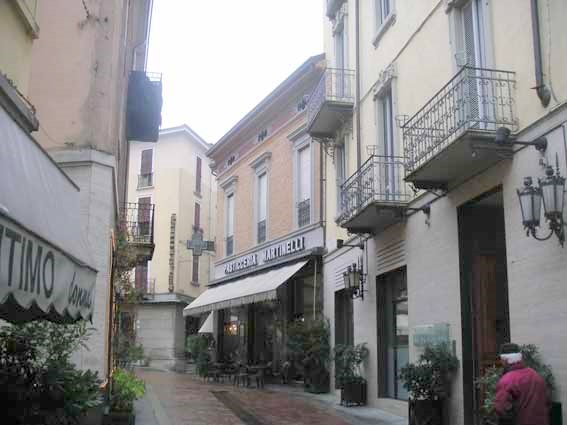
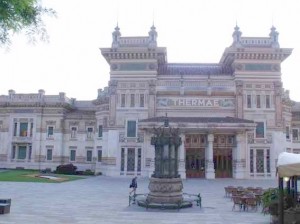
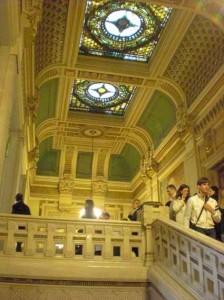
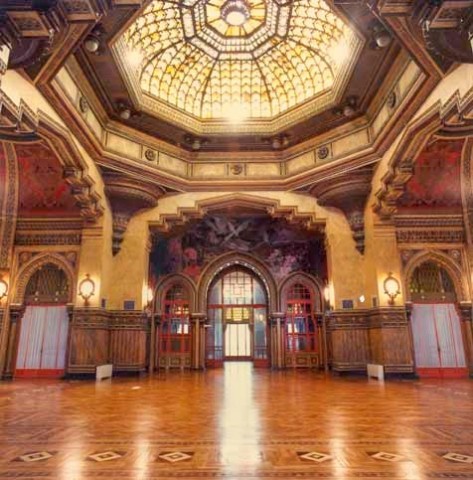

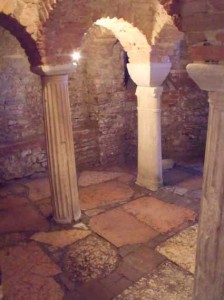
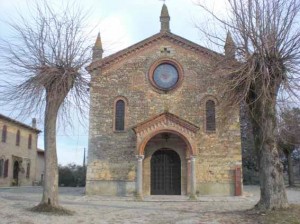
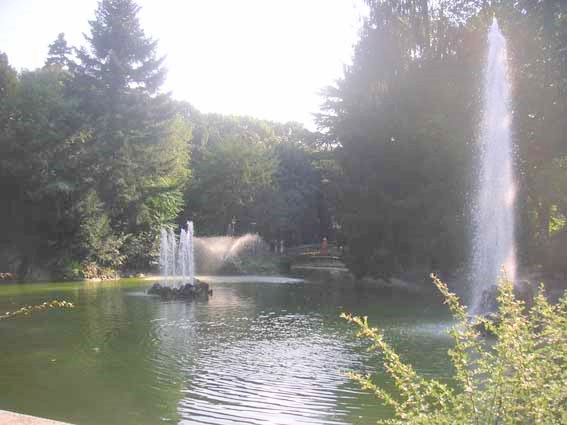

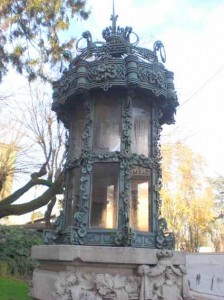
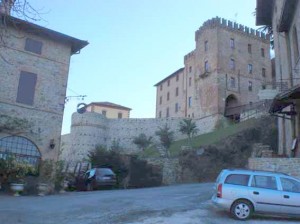
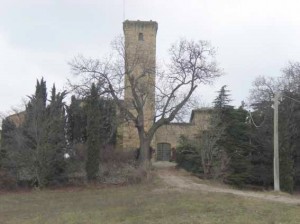
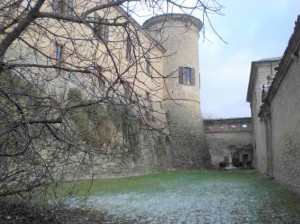
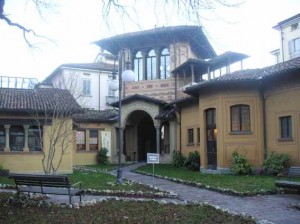
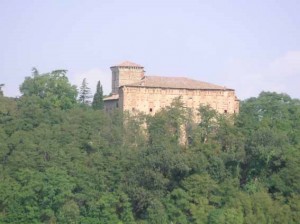
May 26th, 2011 at 2:30 pm
Beautiful! My list of places to see in Italy keeps getting longer… Grazie Gabriele per averci informato tua citta`.
May 27th, 2011 at 4:28 am
Dana,
There are so many great places to see, people to meet and foods to eat. Gabriele has a very active blog. Of course it is all in Italian and is a little difficult for me although I am getting a little better all of the time. If you use Google’s Chrome browser it will offer to do a translation. The translation is far from perfect but is close enough to get a true sense of what is written.
Joe
May 27th, 2011 at 11:50 am
Thanks to Jonh for his translation and for let me write on his blog
… nella speranza di non aver scritto qualche sciocchezza nella riga precedente 🙂
Grazie ancora 🙂
May 30th, 2011 at 9:31 am
Gabriele,
Spero che non mai fai un commento come quello! But of course your English is MUCH better than that.
Joe